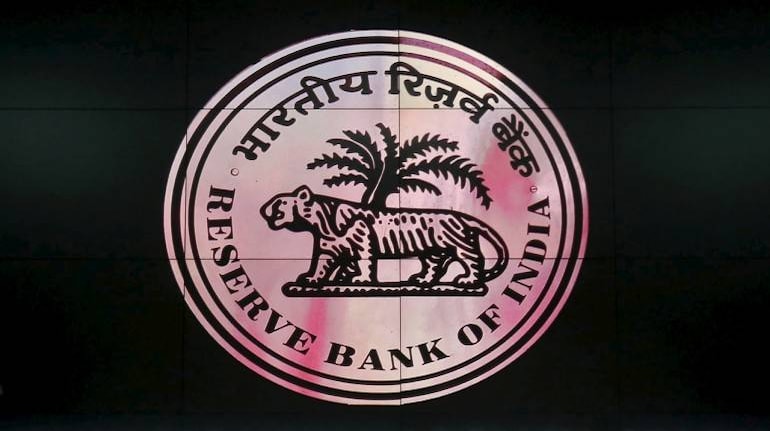



The Reserve Bank of India (RBI) in its third bi-monthly policy of FY18 cut the repo rate by 25 bps to 6 percent — lowest since 2016.
The six-member Monetary Policy Committee (MPC), headed by new RBI governor Urjit Patel, was of the view that the moderation in price trends have persisted long enough to warrant lower loan costs, necessary to engineer a quick industrial turnaround and good people to spend more.
"Since April, the price levels were weak in relation to the typical food-price driven summer uptick. The delay in indirect tax revisions and anecdotal evidence of clearance sales across commodities could have dampened the momentum," RBI said in its monetary policy statement.
RBI Credit Policy: How Interest Rates Work
That said, the MPC hinted about lurking inflation risks in the near to medium term. It also flagged concerns about the deceleration in services and industry, placing the onus on the Centre and state governments to hasten project approvals and aid private investment.
Also, inflation rates have slowed to record lows and food prices have been falling. Consumer price index (CPI) — commonly referred to as retail inflation that the RBI tracks — moderated sharply to 1.54 percent in June, the lowest since the index was rebased to 2012 in a new data series.
“The trajectory of inflation in the baseline projection is expected to rise from current lows, the MPC decided to keep the policy stance neutral and to watch incoming data. The MPC remains focused on its commitment to keeping headline inflation close to 4 percent on a durable basis,” the RBI said.
The RBI and the government have set a retail inflation target of 4 percent for next five years with an upper tolerance level of 6 percent and lower limit of 2 percent.
"Excluding food and fuel, CPI inflation moderated for the third month in succession in June falling to 4 per cent in respect of education due to delay in fee revision cycles, and also in respect of health, clothing and footwear. Inflation in transport and communication services was depressed by the pricing war in the telecommunication space," according to the RBI statement.
Fuel inflation declined for the second month in succession as international prices of liquefied petroleum gas (LPG) fell and price increases moderated in the case of coke, and firewood and chips. Administered prices of LPG and kerosene are set to rise with the calibrated reduction in subsidy.
Industrial performance has weakened in April-May 2017. This mainly reflected a broad-based loss of speed in manufacturing. Excess inventories of coal and near stagnant output of crude oil and refinery products combined to slow down mining activity.
The rate cut also comes on the back of a good monsoon forecast and rural demand in sectors such as auto. "Sales of passenger cars and two-wheelers suffered temporary dislocation in June even as motorcycle sales continued to grow for the third consecutive month, reflecting the firmness of rural demand," the RBI said.
"For electricity generation, deficiency of demand seems to remain a binding constraint. In terms of uses, the output of consumer non-durables accelerated and underlined the resilience of rural demand," RBI said.
Discover the latest Business News, Sensex, and Nifty updates. Obtain Personal Finance insights, tax queries, and expert opinions on Moneycontrol or download the Moneycontrol App to stay updated!
Find the best of Al News in one place, specially curated for you every weekend.
Stay on top of the latest tech trends and biggest startup news.